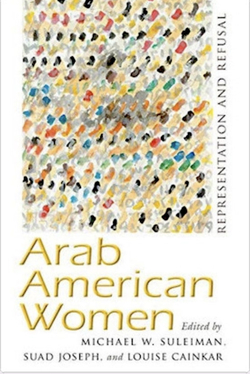 For many centuries, the word Arab meant roughly the Bedouin. In the age of nationalism, it came to define nearly all those who spoke Arabic as a mother tongue (though not Jews and some others). This eventually transmuted into the political movement of Arabism, especially during the glory years of Gamal Abdel Nasser, 1956-67. Such concepts as Arab socialism and the Arab mind became prominent. By 1980, however, the self-evident hollowness of the Arab concept had become only too obvious and the term receded from political and cultural life, becoming limited mainly to matters having to do with language, such as Arabic literature.
For many centuries, the word Arab meant roughly the Bedouin. In the age of nationalism, it came to define nearly all those who spoke Arabic as a mother tongue (though not Jews and some others). This eventually transmuted into the political movement of Arabism, especially during the glory years of Gamal Abdel Nasser, 1956-67. Such concepts as Arab socialism and the Arab mind became prominent. By 1980, however, the self-evident hollowness of the Arab concept had become only too obvious and the term receded from political and cultural life, becoming limited mainly to matters having to do with language, such as Arabic literature.
But in the backwater of the American academy, that 40-year-old memo has not yet been received and both Arab and Arab-American remain topics of much interest. Indeed, the editors of the book under review celebrate their volume as nothing less than a conceptual breakthrough in the study of "Arab American Women" (note the lack of hyphen, whatever the significance of that may be). The volume's many authors cheerfully ignore this little problem about the inutility of their topic as they pursue such inspired topics as "Scheherazade and the Limits of Inclusive Politics in Arab American Literature" and "Dangerous Women / Women in Danger: Gendered Impacts of Hate and Repression, 9/11 and Beyond."
But the problem of legitimacy does occasionally rear its head. For example, Joseph acknowledges in fusty and obscure academese that the term Arab-American raises issues because it effectively focuses on reluctant Christians while largely ignoring Muslims: "The homogenizing done under the sign 'Arab' is complicated by the fact that the majority of Arab Americans until the decades after the Arab–Israeli War of 1967 and perhaps even now were and are Arab Christians from Lebanon, Syria, and Palestine—many of whom do not consider themselves Arab. Arab American studies as a scholarly endeavor is constantly inventing a people and deconstructing its own invention."
It is high time to retire, not elevate, the slippery term Arab-American in favor of others, such as Muslim-American and Arabic-speaking Christian American. Then, we can accurately begin to assess the situation.